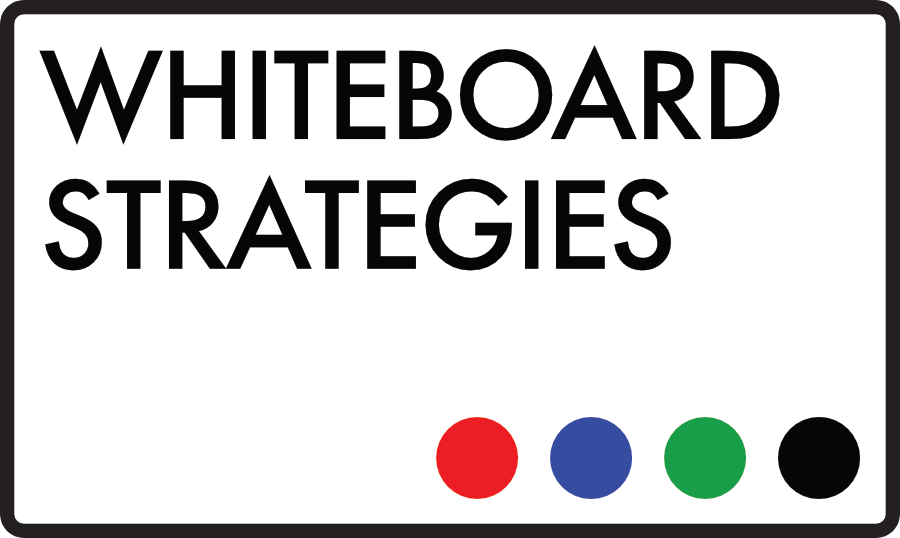Last week we talked about that most-discussed and least-understood of things: the sales and marketing gap. It manifests itself in all sorts of ways, but it’s essentially a hangover from a time when sales and marketing could afford to be completely separate departments, and could afford to spend their time questioning the quality, validity and necessity of each other’s work. That’s just not the case anymore. For the sake of your organisation, your sanity and – most importantly – your bottom line, sales and marketing departments need to be completely aligned and working symbiotically to locate and convert leads.
I ended last week by giving you a hint of how you can achieve that. Here’s the full run down.
Traditional sales processes are failing, miserably in a lot of cases. The buyer’s journey has taken on a new shape, with B2B buyers engaging with sellers much later – generally when they’re 80% through their purchase cycle, and they’re generally already clued up on your offering by that point. Product pitching has always been a bit of a waste of time, but now it’s a complete waste of time. As well as changing the face of sales, this demands a complete reworking of lead gen strategies and the ways that B2B marketing teams feed leads through to sales.
The first step to making your sales and marketing teams work in a consistent, clear and cooperative way is to standardise your sales approach. The other day I came across a report on the web. Now, I always tend to take my stats with a pinch of salt, but they are still worth considering and comparing to your own experience and gut feel. It claimed that 70% of organisations believe that they’re missing out on revenue due to a lack of effective sales process execution. 53% say they’re losing revenue because of a lack of consistent messaging from their sales teams. There’s more – it said that only 10% of the resources that sales teams are given to help them sell were described as being available in a ‘useful, usable format’, and as a result salespeople are spending an average of 7 work hours a week (almost a full day!) looking for the information they need for calls and pitches.
To top it all off, misalignment of sales and marketing departments is estimated to cause the average organisation to underperform by 10% in terms of annual revenue. That’s a loss of $100 million a year for a $1 billion company.
People know about these problems – it’s one of the reasons why lots of organisations are turning to sales enablement teams, either internally or externally, to iron out some creases.
But enablement needs to be smart. 70% of organisations are losing money because of poor sales process execution. 53% are losing money due to a lack of consistent sales messaging. 90% of enablement resources are effectively useless to sales people. Enablement’s priority has to be creating a standardised sales process that can allow marketing teams to develop a consistent lead feeding methodology. The sales process is where all of your time is converted into revenue, so get that right and structure lead gen, enablement and marketing efforts around it.
How do you turn your sales process into a focused, results-driven and consistent one? You get your own whiteboard strategy.
A whiteboard strategy is a coherent, explanatory presentation with its own narrative. We train people to deliver the presentation with absolute consistency, learning the narrative by heart and truly understanding the concepts it is explaining. Whiteboards can be developed for value propositions, product offerings, competitive differentiation, credibility, corporate positioning… and anything you might need. They can be learned and used internally to standardise and regulate internal sales processes, and they the perfect antidote to marketplace-wide ‘death by powerpoint’. They deliver measurable ROI, improve confidence, morale and bottom lines across sales teams, and they’re an endlessly dynamic, usable resource.
The alignment of sales and marketing starts with clarity, consistency and usability – so step up, and work that whiteboard.

Recent Comments